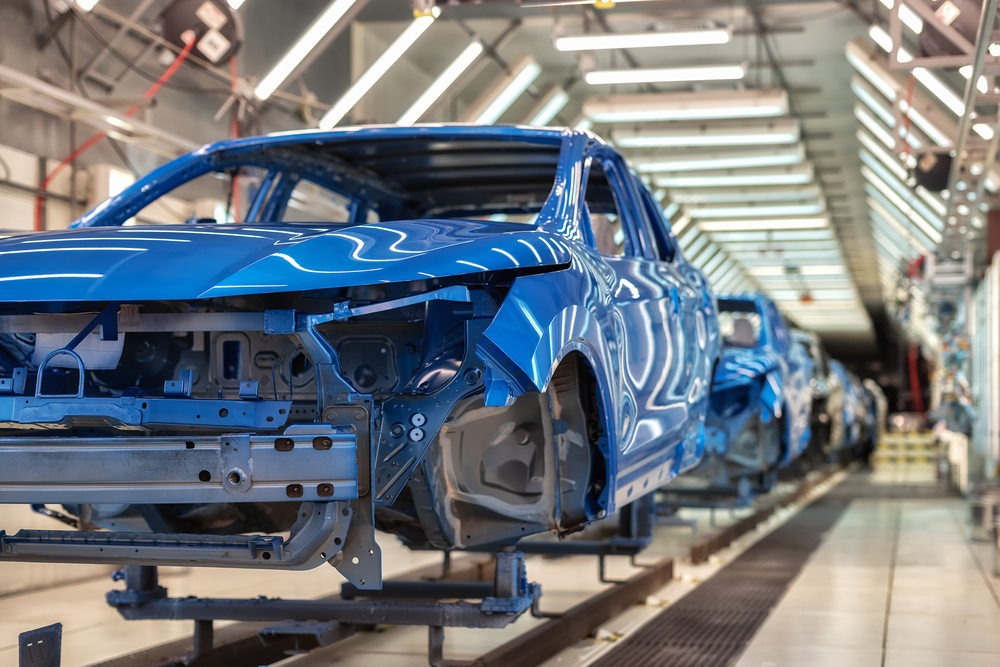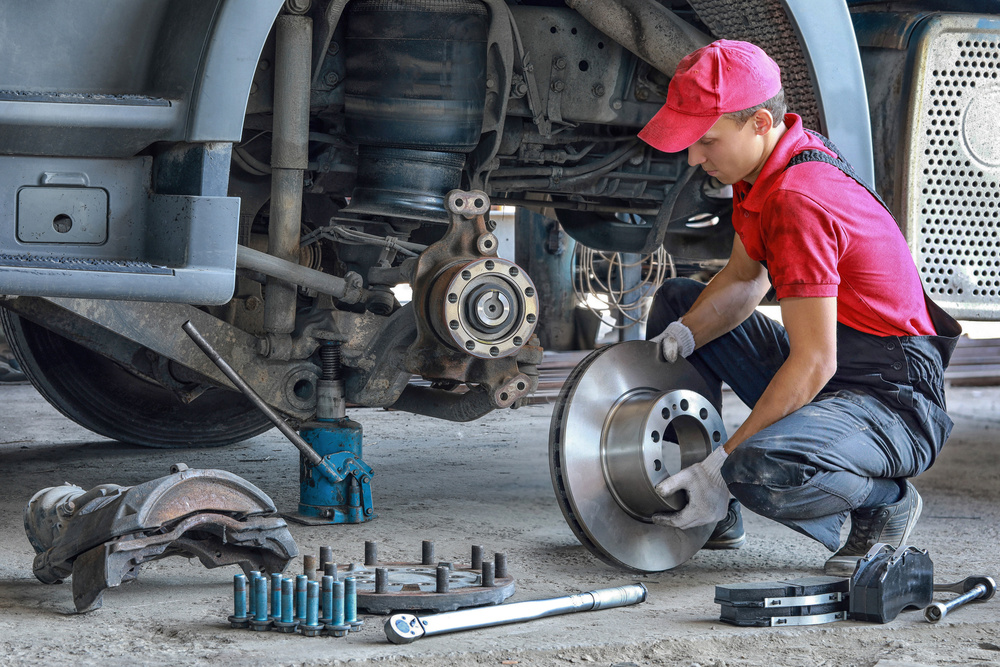
Every piece of technology society has at present is only made possible by human ingenuity. But be that as it may, not everyone has the expertise to handle complicated technology. To accommodate more people in the manufacturing process, experts produced assistive technology which involves jigs and fixtures.
What Are Jigs And Fixtures?
Although it’s rare for these two to be seen without the other, they both have respective uses that could be applied to different projects. However, they’re often confused with one another due to how similar their task is: to secure. Jigs handle the workpiece while guiding the tool used on it; fixtures focus more on holding the workpiece itself.
Because of this key difference, it’s easy to tell that jigs are mobile devices, while fixtures are fixed to the table. Furthermore, fixtures are much more suitable for inspection and limiting the workpiece from any movement while it’s being drilled or cut. Admittedly, jigs and fixtures seem easy to use. But if you want a thorough run-down, consult guides such as Reid’s Jig and Fixture Guide or approach a professional before handling these.
Why The Automotive Industry Uses Them
Considering they’re used in manufacturing, there’s no question why you can see jigs and fixtures being used in the automotive industry. After all, not everyone in the industry is certified as an automotive mechanic. Hence, jigs and fixtures are made to perform multiple tasks in assistance.
- Offers Accuracy
Considering they’re designed for security, both jigs and fixtures allow for precision. As every component used in building cars is important, it’s safe to say that being accurate when handling them is a must. After all, an entire assembly of newly manufactured cars might be compromised during processing if there are no fixtures holding them in place. The car industry can’t risk any defects in its products because thousands of lives are in its hands.
- Protects The Workpiece
Protecting the workpiece is important. Otherwise, its integrity will be compromised. Even for car owners who only want to repair their vehicles, using jigs and fixtures is crucial. After all, looking for parts to repair is already stressful as it is. But these tools offer more room for you to maneuver without disrupting the rest of the assembly.
Furthermore, jigs and fixtures decrease the chances for the workpiece to get damaged. For instance, if the jig controls of a cutting tool aren’t secure, the workpiece might be cut in the wrong place. Considering they improve accuracy, protecting the workpiece comes as second nature. They ensure the vehicle won’t be compromised by narrowing down any room for error.
- Maximizes Efficiency
Precision is a must when it comes to handling automotive assembly. Because as mentioned earlier, many lives are at stake as vehicles are among the most prominent modes of transportation. But be that as it may, ensuring you’re doing it accurately will only take up too much time, especially if done manually.
Considering jigs and fixtures can be installed on the workpiece of the machine, they can heighten machining accuracy, even while automated. Therefore, you no longer need to conduct lengthy inspections before you can start working on the assembly. With so much time on your hands, the automotive industry’s production line could double. Not to mention, you can use multiple tools simultaneously because of jigs.
- Improves User Experience
The industry won’t be able to stay afloat if it relies solely on mechanics and automotive experts. Naturally, their knowledge will always be irreplaceable. But only hiring those who graduated from mechanical courses–-only to do everything, whether manual or otherwise–-might be considered a poor distribution of labor.
Instead of depending on experts alone, hiring workers with no prior knowledge about the industry but who are willing to be trained is an excellent investment in the long run. Admittedly, inexperience might hinder them from working properly. However, using jigs and fixtures could improve their performance. Because not only do they protect the user and the workpiece, but they also highlight the ease of handling operations. Therefore, it’s safe to say that simplifying the process with the help of these tools lowers user fatigue.
Takeaway
The manufacturing process is the highlight of the automotive industry. After all, there won’t be any vehicles if they stay as blueprints. By ‘bringing them to life,’ it’s better to see their components up close to know whether or not they’ll work properly. But considering it’s the highlight, it takes a lot of work to ensure every product performs smoothly. Therefore, experts created jigs and fixtures to help in the machining process.

